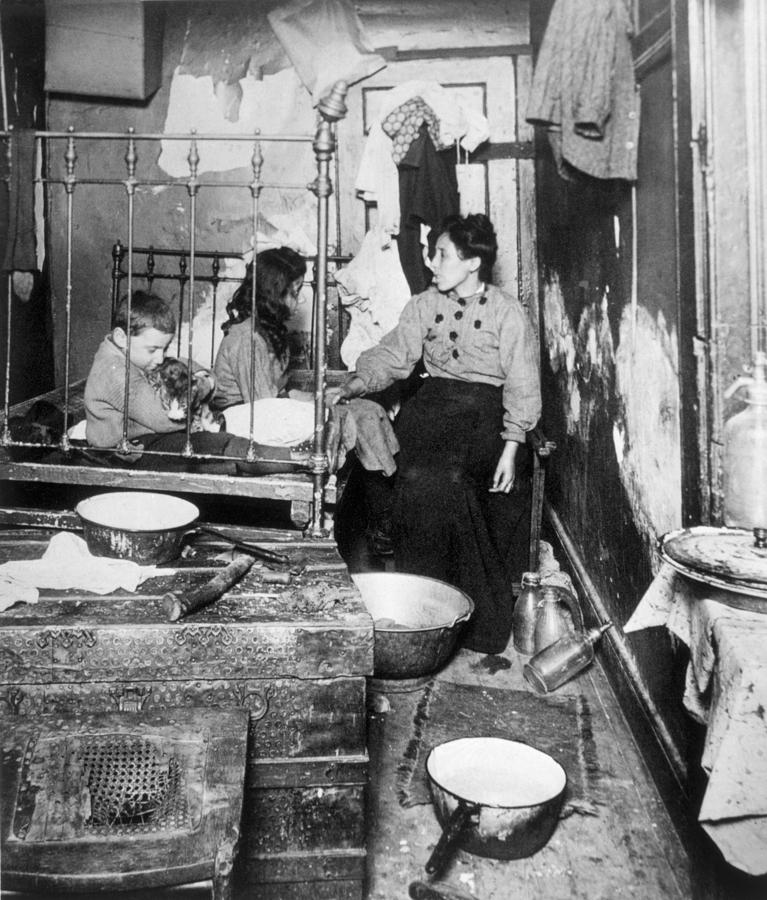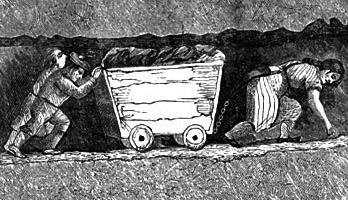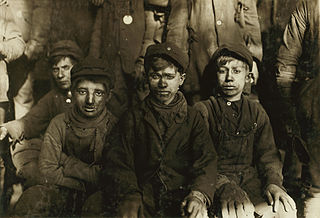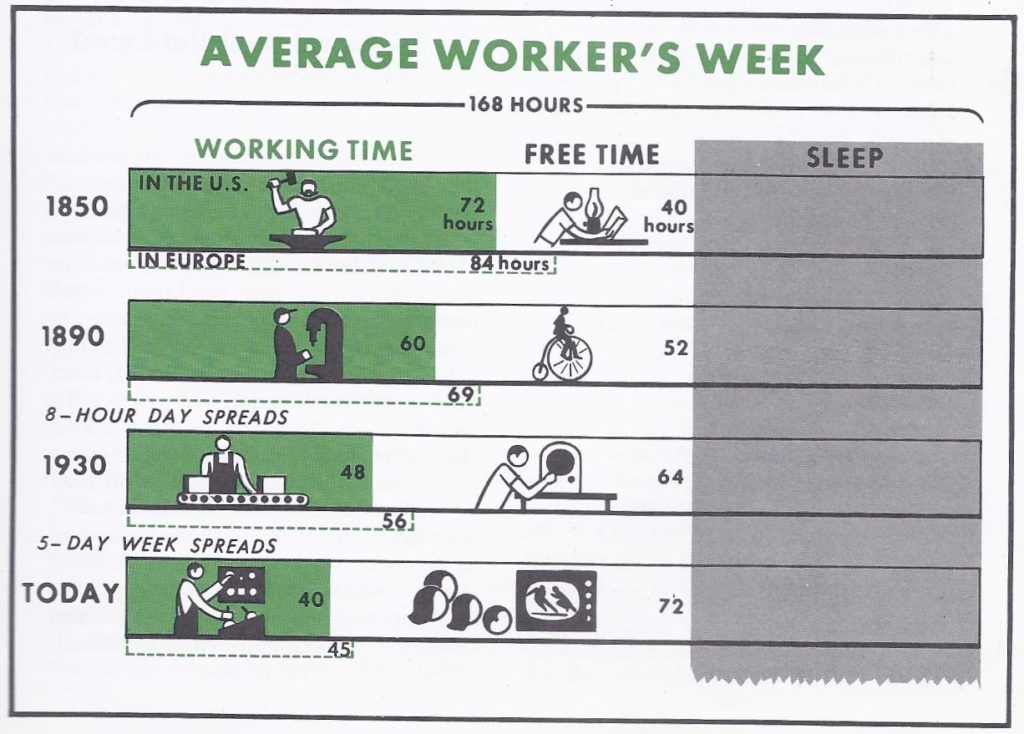
LI: To learn about the industrial revolution.
What is the industrial revolution?
Why do we call it a revolution? What is a revolution?
“Industrial Revolution” was given historians to identify a large and rapid change in the way things were made.
This meant that instead of things being hand made in small workshops, they were made more cheaply in large quantities by machines in factories. Products being made in large quantities now meant that they were sold for less.
Many people began to move from an agricultural-based life in the country to the towns where the factories offered more and better-paid work. This is why towns began to develop on the territory as we know them now.
Why do you think the industrial revolution started?
Where and when did it start?
The Industrial Revolution began in Great Britain in the middle of the 18th century. In particular, the County of Shropshire (West Midland) was important, for it had both minerals (e.g. iron ore and coal) and transport on the River Severn.

The revolution spread to Europe and the Americas, especially the United States, by the early 19th century. Samuel Slater, who had been an apprentice in an English cotton factory, disguised himself and came to America. He reconstructed a spinning machine from memory and built a factory of his own.
New ideas and inventions were also taken up and used in mining, the working of metals, and in the transport of goods. Around the same time new ideas in farming were leaving some farm workers without jobs. They added to the move to the industrial towns where they sought out work in factories.
Early steam engines like this one from 1817 were used in mines to pump out water and pump in air. This allowed deeper mining.
The most important new invention of the industrial revolution was the steam engine. The steam engine, improved by James Watt around 1776 was used to power the factories and pump out the deeper mines. It was also used in railway engines.
The heat from burning coal became the main source of power.
Historians believes that the Industrial Revolution happened in the 17th century, a period now called the Enlightenment, during which people asked more questions about the way the world worked. England also was a politically stable country throughout the 1700s with no wars at home (although it had many abroad). England was also lucky that it had many of the raw materials needed to make and power the new machines within its borders.
It also had an overseas empire that would buy the goods it made and provide it with a cheap source of other raw materials such as cotton and sugar. At the time of the industrial revolution slavery was practiced in many British Empire lands, this supplied a source for some of the money which could be spent on building the new industries. Also, England had much less land that could be farmed compared to other European countries.
What do you think about where the problems induced by this incredible transformation?
Allow children to discuss in small and large groups and invite them to draw answers, and conclusions by reasoning on topics like demographic, economy, politics, moving from the countryside to towns, etc.
Let’s look at the issues that this revolution brought.
Living standards rose and people generally became richer and healthier and had more children who survived to be adults instead of starving.


The resulting population growth in England caused new problems. The environment was damaged.

Where only a few people had been rich because they owned land, now more became very rich thanks to the industry. More, however, were still poor and lived in poor conditions.

Children and women had to work for a long time for little pay. Often several families crowded into very small apartments.


Working at different times, family members would take turns sleeping when they were not working. Families were usually unable to get together. 12, 14, or even 18-hour workdays were common.

